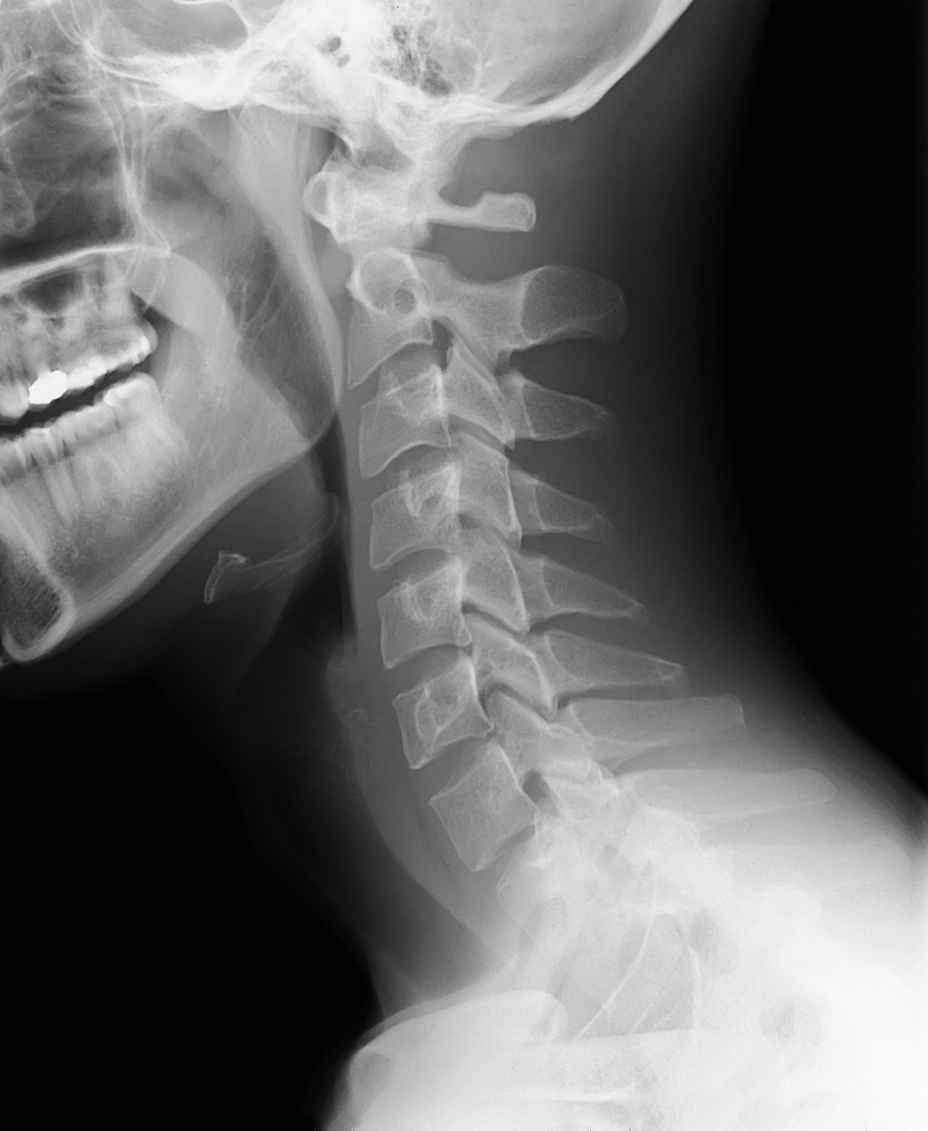Cervical Stenosis
Cervical stenosis is a condition where the spinal canal in the neck region becomes narrowed, leading to compression of the spinal cord and nerve roots. This narrowing can significantly impact the nervous system, potentially causing symptoms ranging from mild discomfort to severe neurological deficits. This article provides an in-depth look at the causes, symptoms, diagnosis, and treatment options for cervical stenosis, offering a thorough understanding of this complex spinal condition.
What is Cervical Stenosis?
Cervical stenosis occurs when the spinal canal in the cervical spine (neck area) becomes constricted. This narrowing can put pressure on the spinal cord and the nerve roots extending from it. Given that the cervical spine supports the head and enables its range of motion, cervical stenosis can be a debilitating condition with significant effects on daily life.
Causes of Cervical Stenosis
Cervical stenosis can arise from various factors, including:
- Aging
Degenerative changes in the spine, such as osteoarthritis and disc degeneration, are common causes. As individuals age, intervertebral discs can lose hydration and elasticity, leading to disc herniation and the formation of bone spurs, which can narrow the spinal canal. - Congenital Factors
Some people are born with a naturally narrow spinal canal, which increases their risk of spinal cord compression. - Trauma
Neck injuries, including fractures or dislocations, can reduce the space within the spinal canal. - Tumors
Spinal tumors may grow within or on the spine, causing compression of the spinal canal.
Symptoms of Cervical Stenosis
Symptoms of cervical stenosis can vary based on the severity and location of the narrowing in the spinal canal. Common symptoms include:
- Neck pain and stiffness
- Numbness, weakness, or tingling in the arms, hands, legs, or feet
- Difficulty with balance and coordination, which may lead to walking problems
- In severe cases, dysfunction of the bowel or bladder and paralysis
Diagnosis of Cervical Stenosis
Diagnosing cervical stenosis involves a thorough evaluation, which includes:
- Medical History and Physical Examination
Dr. Paul Richard and his team will review your symptoms and medical history and conduct a physical examination. - Imaging Tests
MRI scans are crucial for diagnosing cervical stenosis as they reveal the extent of spinal canal narrowing and its effect on the spinal cord and nerve roots. X-rays and CT scans may also be used to assess bone changes and the overall structure of the cervical spine.
Treatment Options for Cervical Stenosis
The goal of treating cervical stenosis is to alleviate symptoms and prevent further damage to the spinal cord and nerves. Treatment options include:
- Conservative Treatments
For mild to moderate symptoms, physical therapy, pain and anti-inflammatory medications, and possibly corticosteroid injections to reduce inflammation are often effective. - Surgical Treatments
If conservative methods do not relieve symptoms or if there is significant spinal cord compression, surgery may be necessary. Common surgical procedures include decompression surgery, which involves removing the structures pressing on the spinal cord or nerves. In some cases, spinal fusion may be required to stabilize the spine.
Lifestyle Modifications and Prevention
While preventing cervical stenosis entirely may not be possible, particularly if it is due to congenital factors or aging, adopting a healthy lifestyle can help manage symptoms and reduce complications. Regular exercise, maintaining a healthy weight, and practicing good posture are beneficial for overall spinal health.
Conclusion
Cervical stenosis can significantly impact physical function and comfort. Early diagnosis and treatment are essential for managing symptoms and preventing further progression. If you experience symptoms of cervical stenosis, it is important to consult with Dr. Paul Richard and his team for a comprehensive evaluation and a tailored treatment plan. With the right care, many individuals with cervical stenosis can continue to lead active and fulfilling lives.

